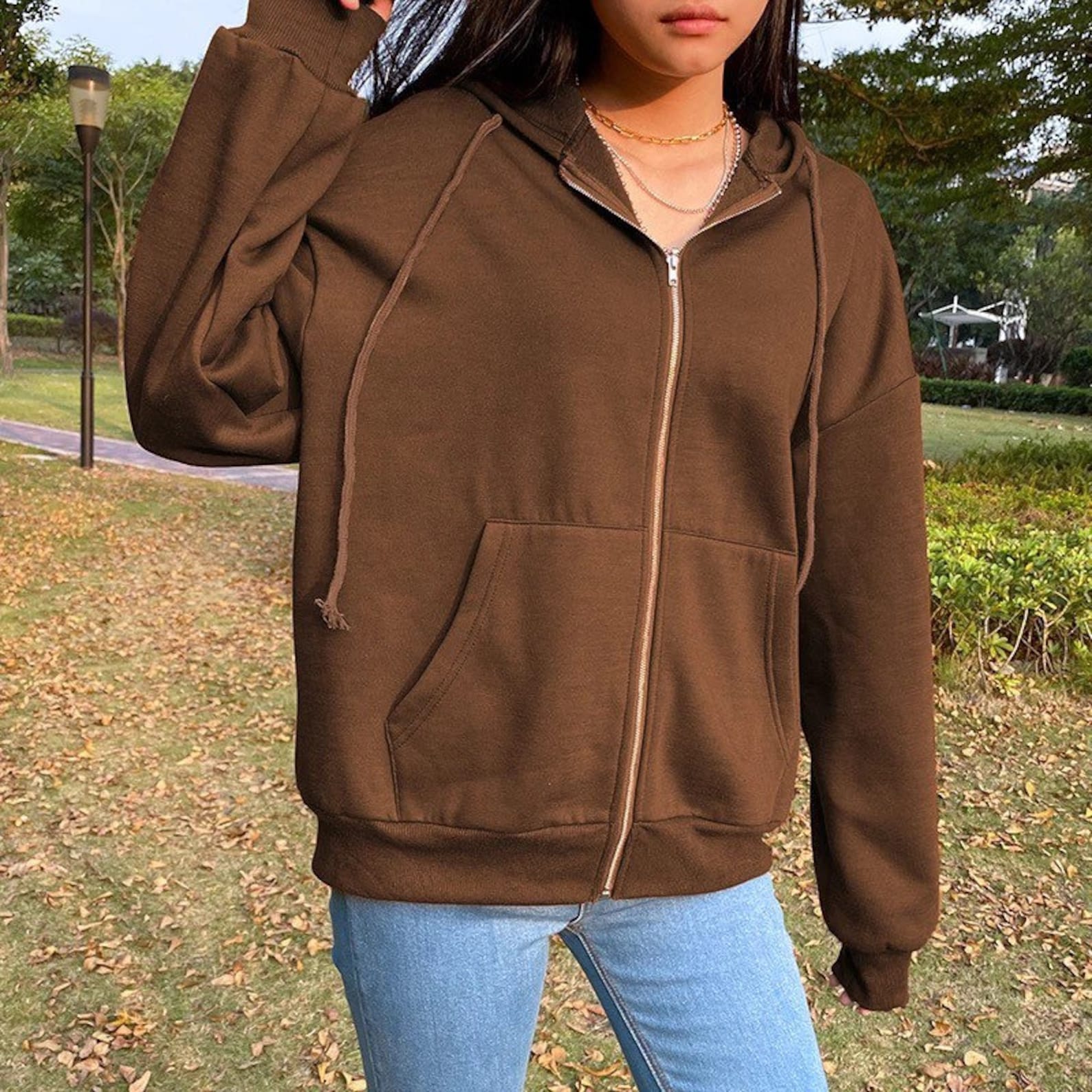Sweatshirts are long-sleeved shirts that are typically made of thick cotton cloth. They are generally worn as casual clothing and aren't so formal as sweater s and cardigans. They may not have an or hood. If you're thinking of buying a sweatshirt, here are a few tips:
Norma Kamali spread the appeal of sweatshirts
Since the mid-70s the Norma Kamali brand has been transforming the simple sweatshirt into a work of art. Her designs are now a staple in almost every woman's wardrobe. Her distinct designs vary from a tummy-tucking crew neck , to leather paneled sweatshirts. She also has created clothes with unusual designs, like an oversized tank top that has an extended trumpet skirt.
A collaboration of the designers and the manufacturer of sweatshirts Everlast led to her Timeless collection, which was extremely popular when it appeared in the spring catalog of Spiegel. The collection featured knits that could be interchangeable or convertible in classic silhouettes and a lot of pieces were priced under $20. Even even if Kamali's Timeless collection was not available in stores, buyers could still find these pieces for sale on eBay as well as Poshmark.

Merino wool sweatshirts feel more comfortable than sweatshirts made of soft wool.
Merino wool is renowned for its ability to wick moisture away, which helps to keep you comfortable and dry. This is a naturally-occurring fiber that also offers a more comfortable feel. It also drys quickly in comparison to other natural material. Furthermore, merino is a sustainable resource. The merino sheep shed their coats each year, and then grow new ones.
Merino's weight-to-heat ratio is high, and the warmth of wool is what makes it a popular choice for sweatshirts. It aids in controlling body temperature thanks to its natural loft, which retains heat in the fibers. This is the reason Merino wool sweaters are perfect for outdoor and summer activities like hiking, mountain biking and running. The warmth they provide ensures that the wearer stays comfortable and dry. This is important for working out.
Zip-front hoodies feature kangaroo pockets.
Kangaroo pocket hoodies are a popular style of hoodies. They feature a big pocket at the front which keeps your hands warm on cold days. They are also more practical than traditional pockets as they allow your hands to slide in and out effortlessly.
Kangaroo pockets are typically large enough to hold a wallet or some other small items for personal use. They're usually big enough to hold a small hand and are large enough to accommodate two hands. http://b3.zcubes.com/v.aspx?mid=11055300 feature wide openings on either side and can be used to carry small objects.
French terry fabric is a well-loved fabric for sweatshirts.
The French terry fabric is made of soft yarns knit into loops and are typically medium-weight. It is also known for its ability to wick away moisture and is pre-shrunk. French Terry is an excellent option for sweatshirts as it is warm when you require it and keeps you cool when you're trying to cool off.
French Terry is also very popular for loungewearbecause it is stretchy and has enough flexibleness to feel great on your skin. It also allows enough air to circulate around the fabric, which makes it ideal for layering under other clothing. In addition, because it's lighter than most sweatshirts, you can wear it all through the year without feeling too either cold or hot.
Hoodies are classy and have a connotation of class.
While it may seem that hoodies are clothes that are appropriate for people of the working class but the truth is that they are a symbol of class. The hooded garment was first popularized in the early 70s New York, where graffiti artists wore them to hide their identities. In 1976 the hoodies made their big movie debut with "Rocky," when the protagonist of the film was a working class man in grey sweats with hoods during his memorable climb to the top of the Philadelphia Museum of Art.
Hoodies are often associated with destruction, death, and other undesirable things, and yet they serve a practical purpose. For instance, priests and monks might wear hoods in order to display respect and a sense of self-control.
